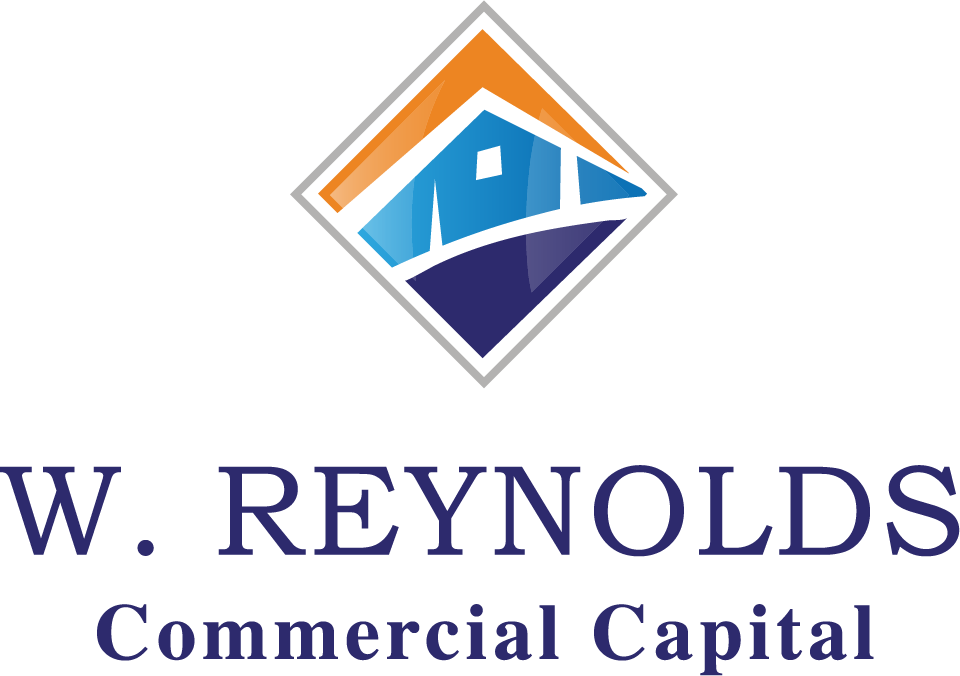How to Decide Between the 504 and 7(a) SBA Loans
Starting a small business requires a lot of capital, which is why the SBA’s loan programs are so popular. They’re built to help new companies and small businesses who fall outside the range of traditional lending options but who have healthy financials. If you’re looking into the most popular programs, you know the 7a and 504 SBA loan programs are where most people apply when looking for the working capital to buy businesses and obtain infrastructure assets.
Uses of the 504 Loan
The 504 loan program is designed to provide small business owners with financing for commercial real estate purchases for owner-occupied properties. You can use a portion of the property for rental income, but your business must occupy most of the floor space. The exact percentage varies according to the property you finance. These loans amortize over 20 years traditionally, but a new 25-year option provides you with extra flexibility. They’re useful for both startups and existing businesses, and they have fixed interest rates.
Uses of the 7a Loan
Unlike the 504 SBA loan, the 7a program does not finance real estate. Instead, it provides working capital for the acquisition of equipment and the purchase of existing companies. If you’re looking to buy a local business and make it your own, you can apply for up to $5 million in financing through this program. If approved, you can purchase the new company with the proceeds. These loans do require collateral, though, at 90 percent.
Deciding Between the Two Loans
The two loan types are designed for totally different purposes, so deciding which is right is really a matter of figuring out what your next move will be. Both programs are open to new businesses as well as established ones, and both require a long-term investment. If you need both equipment and property, it is even possible to split your investment and finance both, you just need to figure out how to use your starting capital.
Applying for a 504 SBA Loan
There are a couple ways to go about it once you decide you’re going to apply for a loan. You can use a regular SBA lender, which means waiting for the dual approval process that includes review by the administration. You could also use a preferred lender. Preferred lenders have been given permission to approve loans independently. That makes them faster than the traditional method in most cases, and it allows you to simultaneously apply at a few places to see which approves you fastest.

